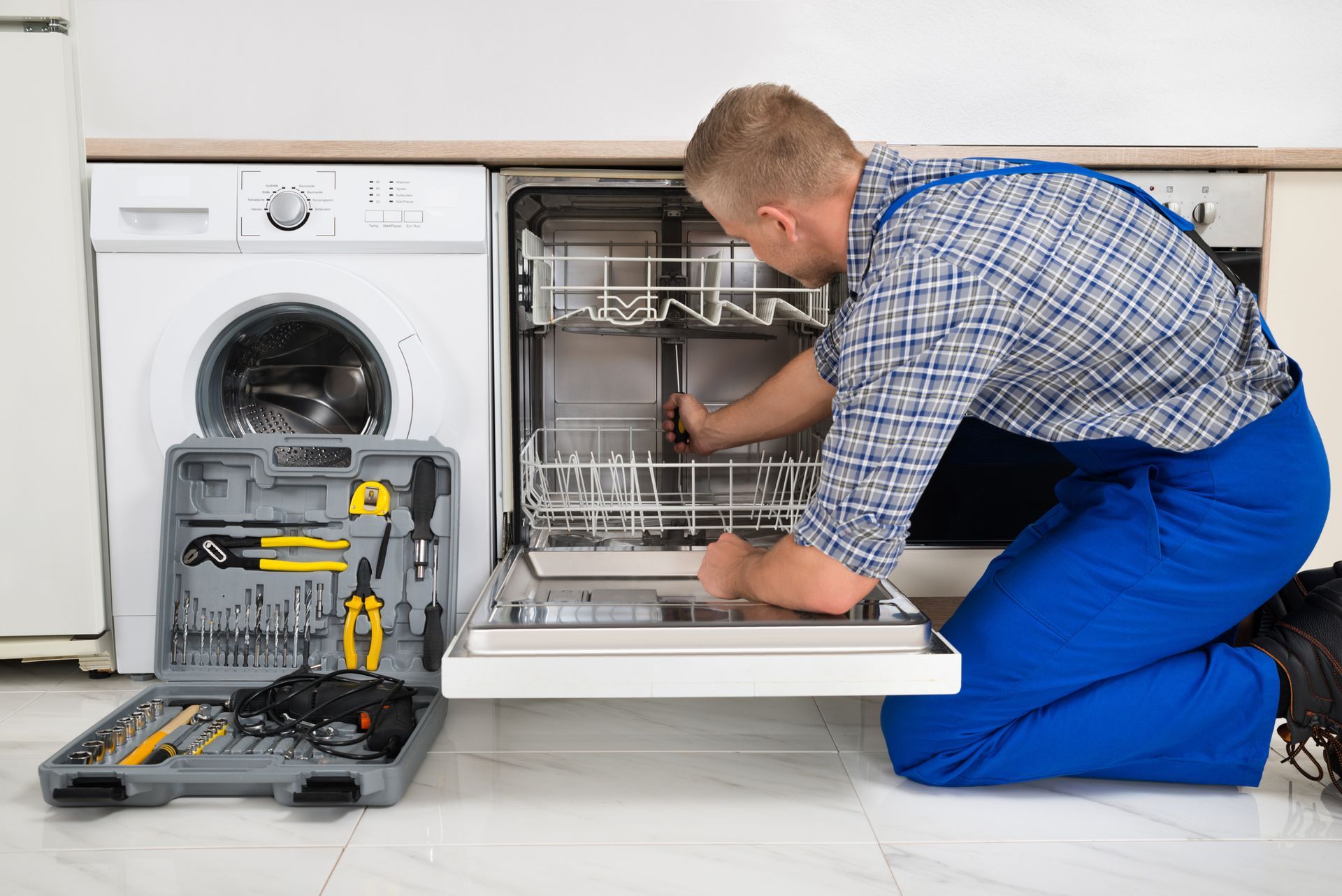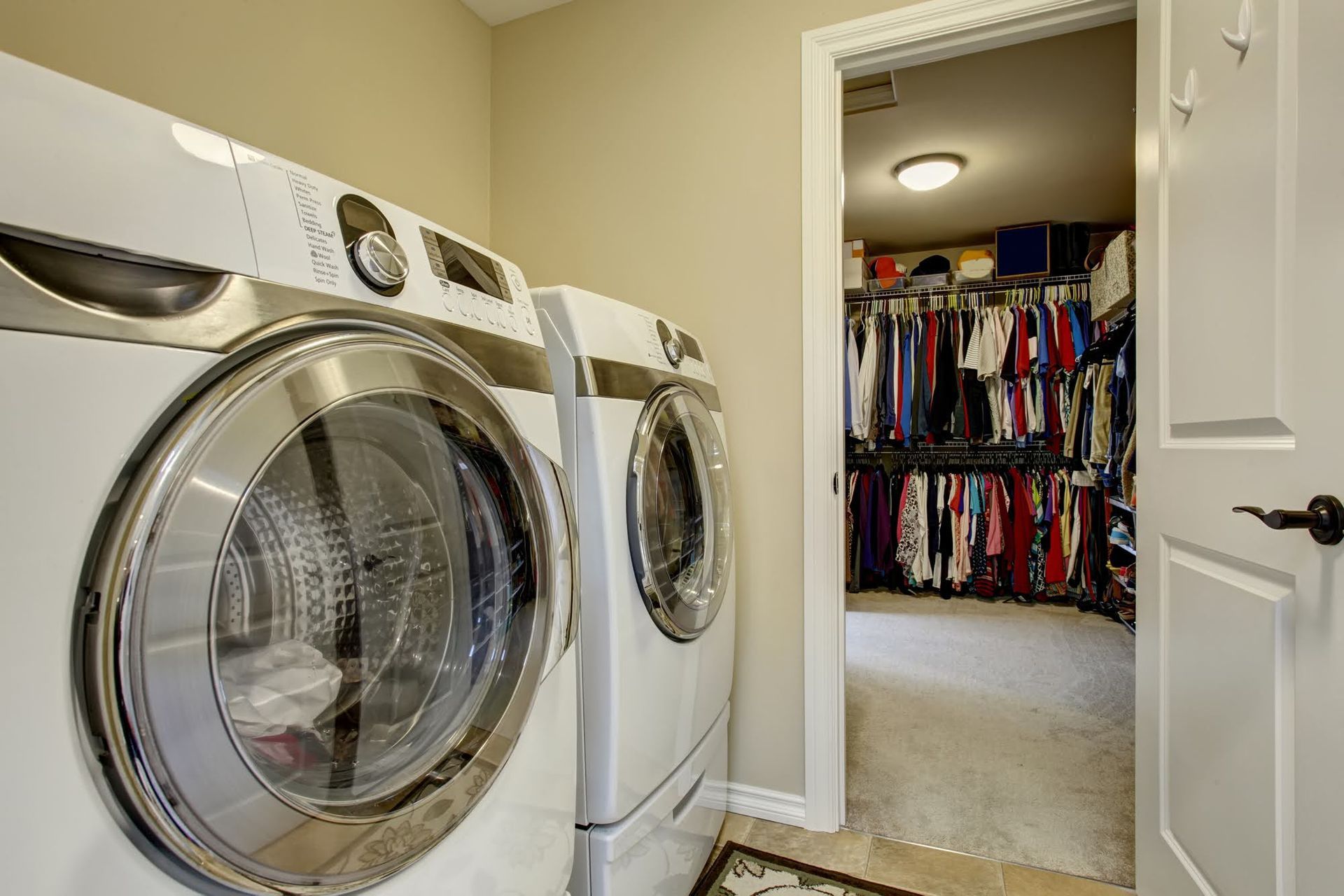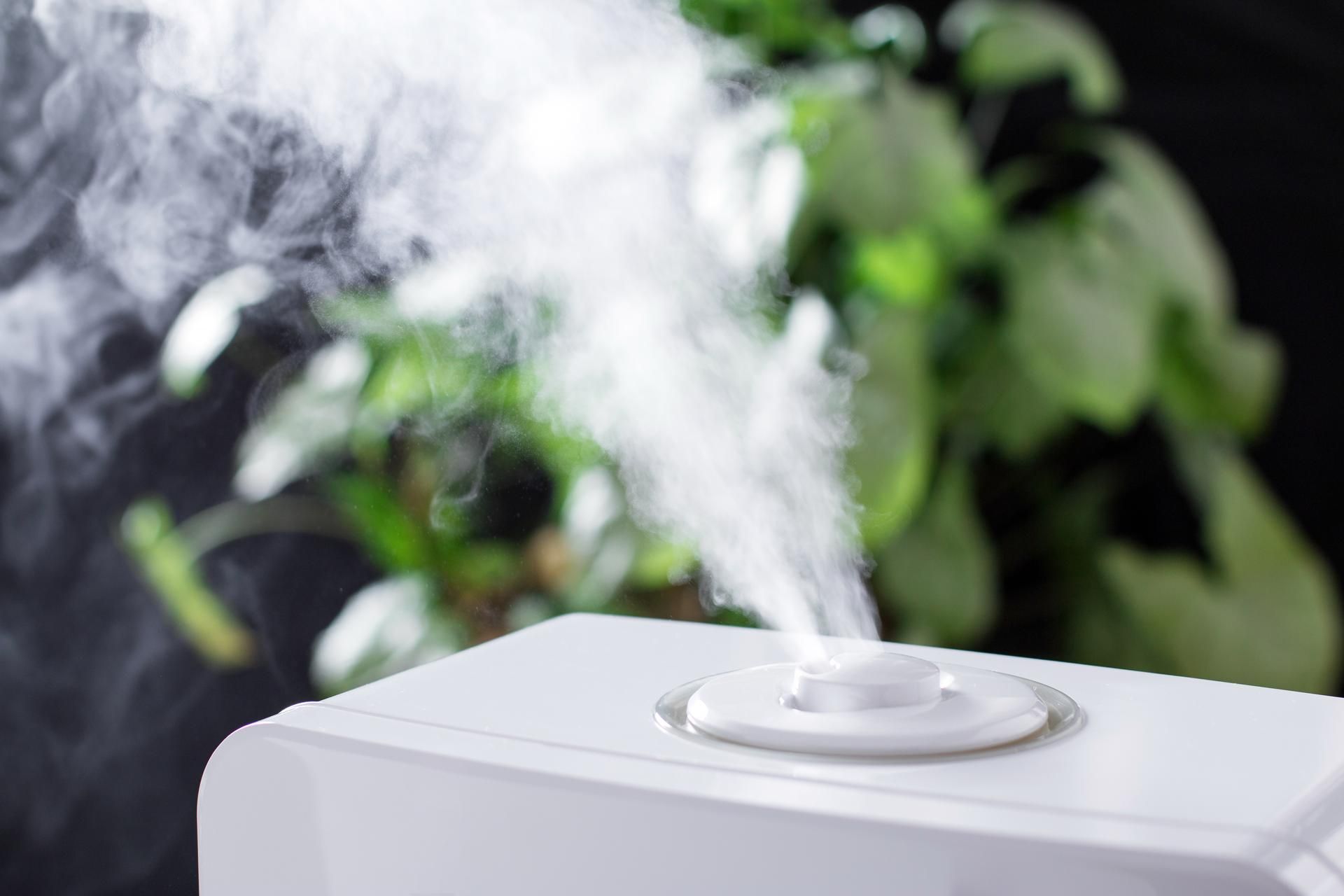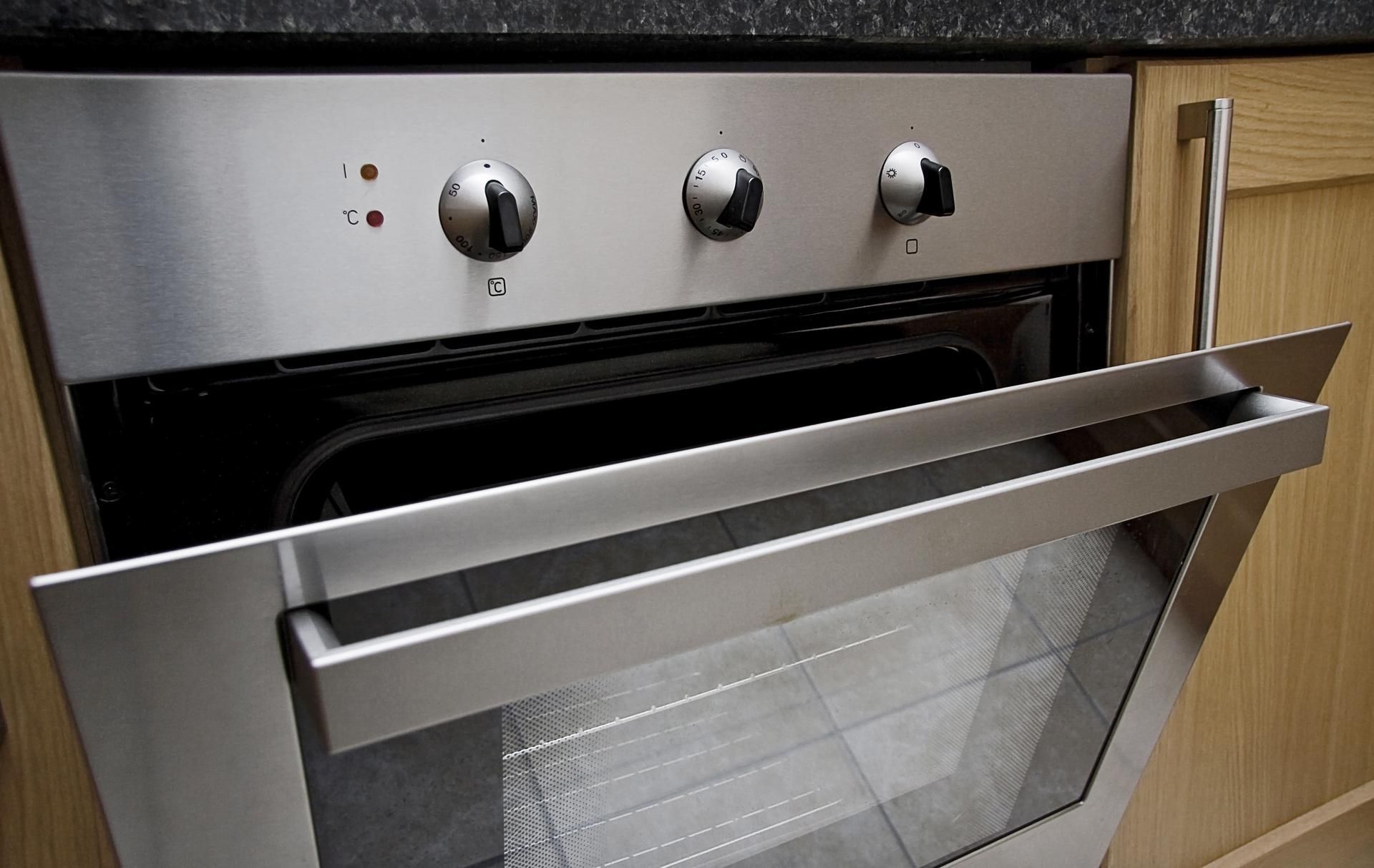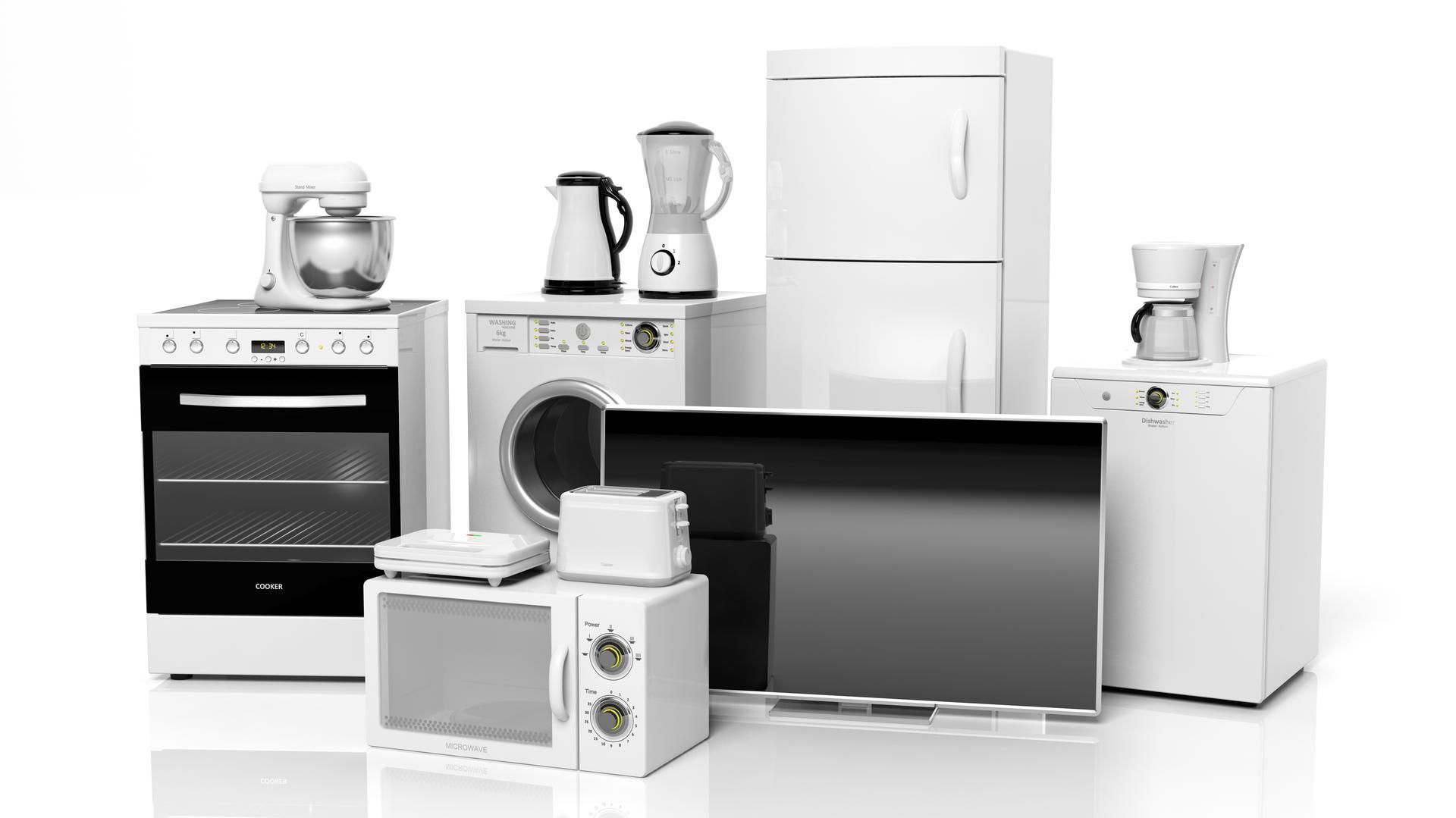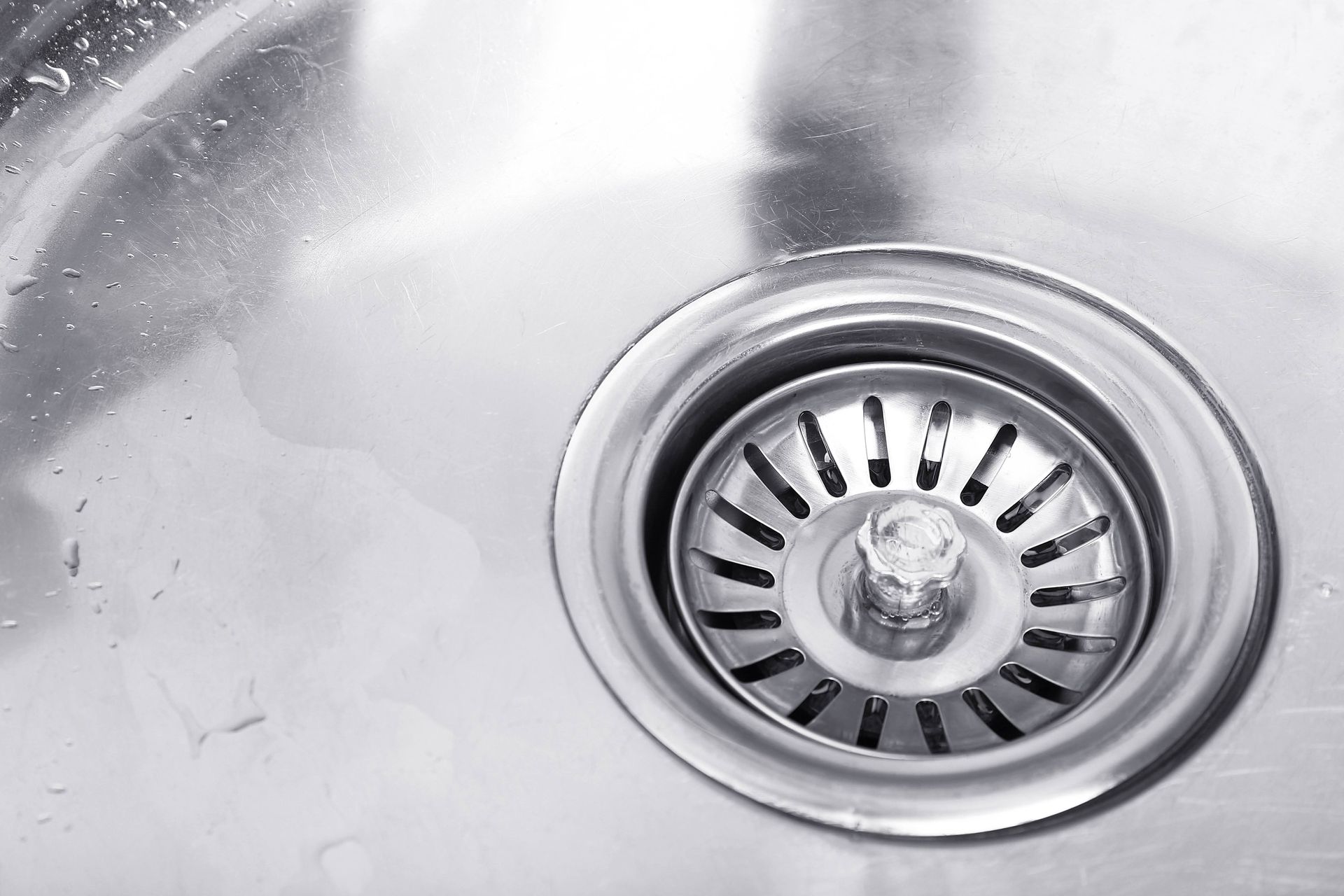Safety First: Four Tips and Tricks to Keep Your Refrigerated Food Safe
Ensuring food safety by properly chilling foods in the refrigerator is often overlooked. Sadly, millions of people come down with foodborne illness each year. Unfortunately, the majority of these cases are preventable. Routinely checking your refrigerator’s temperature and contents are easy ways to ensure food safety. We’ve compiled four quick tips for you to keep foods properly chilled and foodborne illness at bay.
1. Keep the Temperature Below 40° Fahrenheit
The thermometer in your refrigerator should always indicate the temperature is colder than room temperature, which is less than 40° Fahrenheit. Microbes that cause foodborne illness thrive in room temperature conditions. Therefore, keeping your refrigerated foods cold is imperative to prevent unpleasant sickness. The optimal temperature range for refrigerators is between 35-37°, which also prevents foods from freezing.
2. Avoid Overcrowding
It may be tempting to pack your fridge with groceries and leftovers, but doing so throws off several key factors that regulate temperature. Most importantly, over packing the refrigerator restricts the cool air flow necessary to maintain colder temperatures. If temperatures increase to above room temperature, your refrigerated foods are at risk for bacterial and mold growth. Additionally, the more packed full your fridge is, the more likely you may be to forget about foods past the expiration date.
3. Abide by the “Two-Hour Rule”
You should never leave foods that require refrigeration at room temperature for more than two hours. Leftover pot roast from dinner, that salad from the church potluck, or the perishable groceries you bought on your way home from work all pertain to the two-hour rule. They need to be refrigerated as quickly as possible. Restaurant leftovers are one of the biggest culprits of foodborne illness. Mostly, this is due to lack of timely refrigeration. To stop this, make sure you can refrigerate promptly before requesting your remaining meal be boxed up. Ultimately, if you suspect perishable foods have been at room temperature for more than two hours, discarding them is the safest option to prevent foodborne illness.
4. Take Precaution When Thawing Meat in the Refrigerator
The cool temperatures of the refrigerator are one of the best places to thaw meat safely. However, there are still precautions to take when thawing meat. You should always store meat in a leak-proof container on the bottom shelf of the refrigerator. In case of a leak, thawing on the bottom shelf prevents further contamination from any drippings that might contain microbes. Check the meat every couple hours to ensure no leakage has occurred. If a leak has occurred, use a cloth and warm water to wipe up the spill immediately.
The post Safety First: Four Tips and Tricks to Keep Your Refrigerated Food Safe appeared first on Docs Appliance Service.


